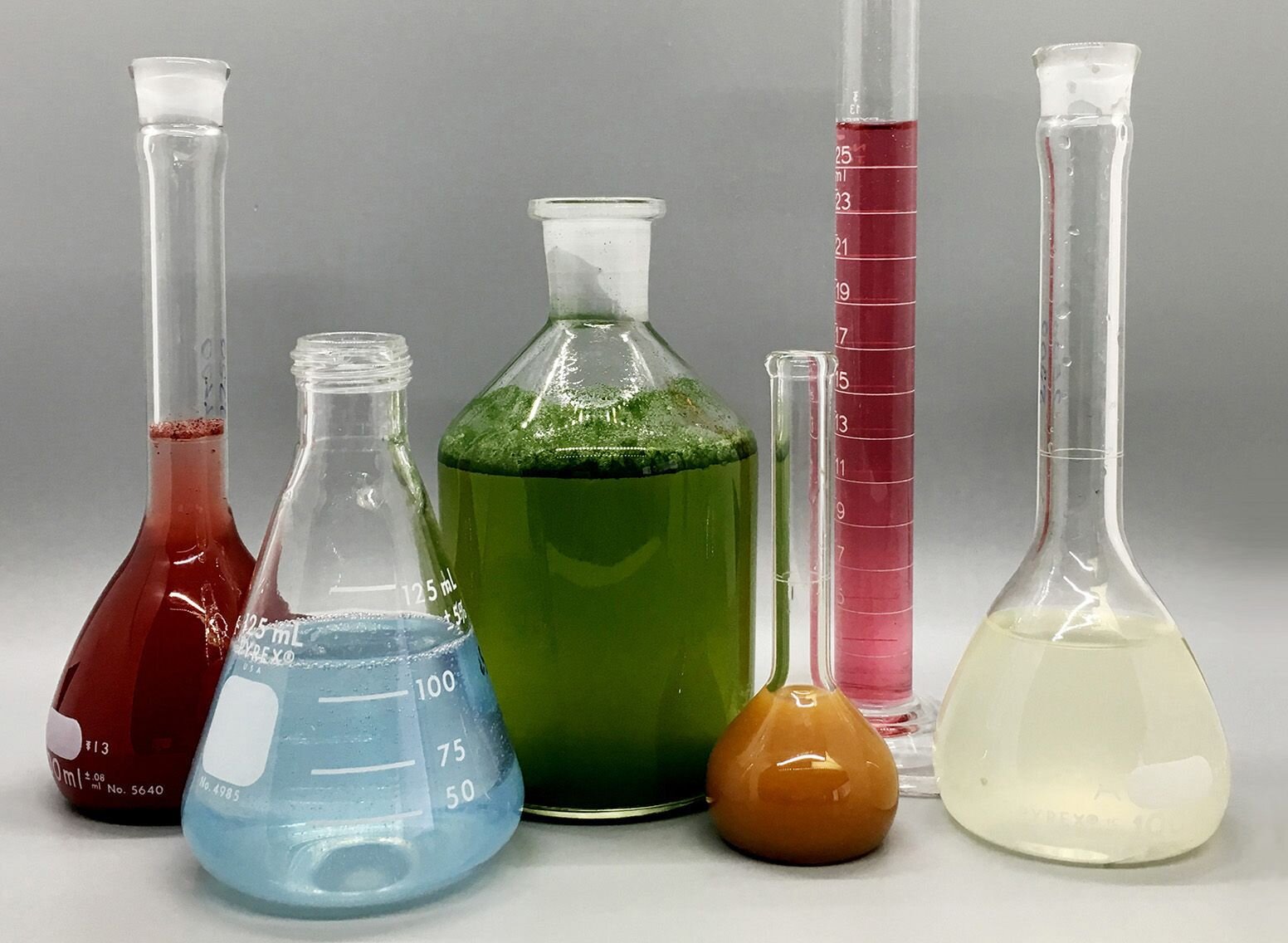Excitement About Uv/vis/nir
Table of ContentsGetting The Uv/vis/nir To WorkExamine This Report on Circularly Polarized LuminescenceThe Best Strategy To Use For Uv/visThe 9-Minute Rule for Circularly Polarized LuminescenceThe 8-Second Trick For Uv/vis

Spectrophotometry is a tool that hinges on the quantitative analysis of particles depending on how much light is taken in by colored compounds.
Circularly Polarized Luminescence - Truths
A spectrophotometer is typically utilized for the measurement of transmittance or reflectance of options, transparent or nontransparent solids, such as sleek glass, or gases. Many biochemicals are colored, as in, they take in noticeable light and therefore can be determined by colorimetric procedures, even colorless biochemicals can frequently be converted to colored compounds ideal for chromogenic color-forming reactions to yield compounds suitable for colorimetric analysis.: 65 However, they can also be created to measure the diffusivity on any of the listed light varieties that typically cover around 2002500 nm using various controls and calibrations.
An example of an experiment in which spectrophotometry is utilized is the decision of the equilibrium constant of a service. A specific chemical reaction within a service might take place in a forward and reverse direction, where reactants form products and items break down into reactants. At some point, this chemical response will reach a point of balance called an equilibrium point.
About Uv/vis/nir
The quantity of light that travels through the solution is indicative of the concentration of particular chemicals that do not enable light to go through. The absorption of light is due to the interaction of light with the electronic and vibrational modes of molecules. Each kind of molecule has a private set of energy levels related to the makeup of its chemical bonds and nuclei and therefore will absorb light of particular wavelengths, or energies, leading to distinct spectral residential or commercial properties.
They are widely used in numerous industries consisting of semiconductors, laser and optical production, printing and forensic evaluation, as well as in labs for the study of chemical substances. Spectrophotometry is typically used in measurements of enzyme activities, decisions of protein concentrations, decisions of enzymatic kinetic constants, and measurements of ligand binding reactions.: 65 Ultimately, a spectrophotometer is able to identify, depending on the control or calibration, what substances are present in a target and precisely how much through computations of observed wavelengths.
This would come as a service to the formerly created spectrophotometers which were not able to soak up the ultraviolet correctly.
Uv/vis/nir - Truths
It would be found that this did not offer satisfactory results, for that reason in Design B, there was a shift from a glass to a quartz prism which allowed for better absorbance results - UV/Vis (https://www.callupcontact.com/b/businessprofile/Olis_Clarity/8903776). From there, Design C was born with a change to the wavelength resolution which ended up having 3 units of it produced
It was produced from 1941 to 1976 where the rate for it in 1941 was US$723 (far-UV accessories were an alternative at extra expense). In the words of Nobel chemistry laureate Bruce Merrifield, it was "most likely the news most crucial instrument ever developed towards the improvement of bioscience." Once it ended up being discontinued in 1976, Hewlett-Packard developed the very first commercially offered diode-array spectrophotometer in 1979 referred to as the HP 8450A. It irradiates the sample with polychromatic light which the sample takes in depending upon its residential or commercial properties. Then it is transmitted back by grating the photodiode selection which identifies the wavelength area of the spectrum. Because then, the creation and execution of spectrophotometry devices has actually increased immensely and has ended up being one of the most innovative instruments of our time.

What Does Spectrophotometers Do?
Historically, spectrophotometers use a monochromator including a diffraction grating to produce the analytical spectrum. The grating can either be movable or fixed. If a single detector, such as a photomultiplier tube or photodiode is used, the grating can be scanned step-by-step (scanning spectrophotometer) so that the detector can measure the light intensity at each wavelength (which will represent each "step").
In such systems, the grating is repaired and the intensity of each wavelength of light is determined by a various detector in the selection. In addition, most contemporary mid-infrared spectrophotometers utilize a Fourier transform technique to obtain the spectral info - http://www.video-bookmark.com/bookmark/6114703/olis-clarity/. This technique is called Fourier change infrared spectroscopy. When making transmission measurements, the spectrophotometer quantitatively compares the fraction of light that goes through a reference service and a test option, then digitally compares the intensities of the 2 signals and computes the percentage of transmission of the sample compared to the referral requirement.
